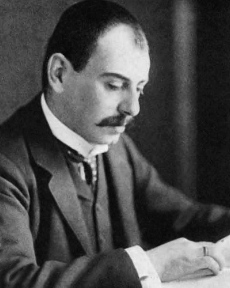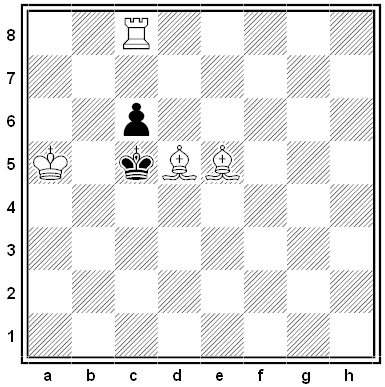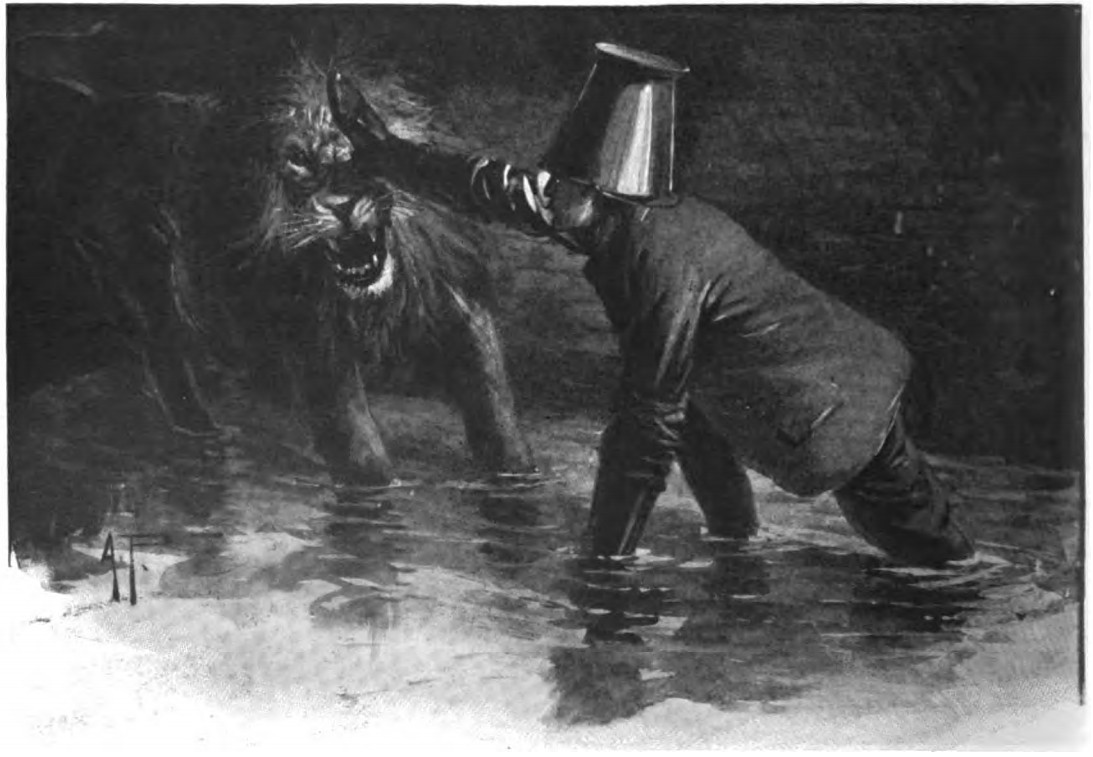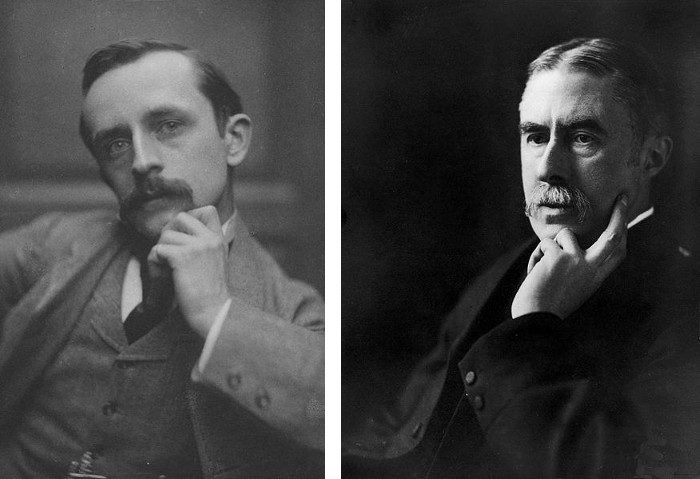
In Visual Thinking in Mathematics, M. Giaquinto writes, “Calculus grew out of attempts to deal with quantitative physical problems which could not be solved by means of geometry and arithmetic alone. Many of these problems concern situations which are easy to visualize. In fact visual representations are so useful that most books on calculus are peppered with diagrams.” But there’s an intriguing footnote: “Moshé Machover brought to my attention a notable exception: Landau (1934). It has no diagram, and no geometrical application.”
That’s Differential and Integral Calculus, by Edmund Landau, a professor of mathematics at Gottingen University. Machover is right — the 366-page volume contains not a single diagram. Landau writes, “I have not included any geometric applications in this text. The reason therefor is not that I am not a geometer; I am familiar, to be sure, with the geometry involved. But the exposition of the axioms and of the elements of geometry — I know them well and like to give courses on them — requires a separate volume which would have to precede the present one. In my lecture courses on the calculus, the geometric applications do, of course, make up a considerable portion of the material that is covered. But I do not wish to wait any longer to make generally available an account, rigorous and complete in every particular, of that which I have considered in my courses to be the most suitable method of treating the differential and integral calculus.”
The book was quite successful — the first English edition appeared in 1950, and subsequent editions have continued right up through 2001.







